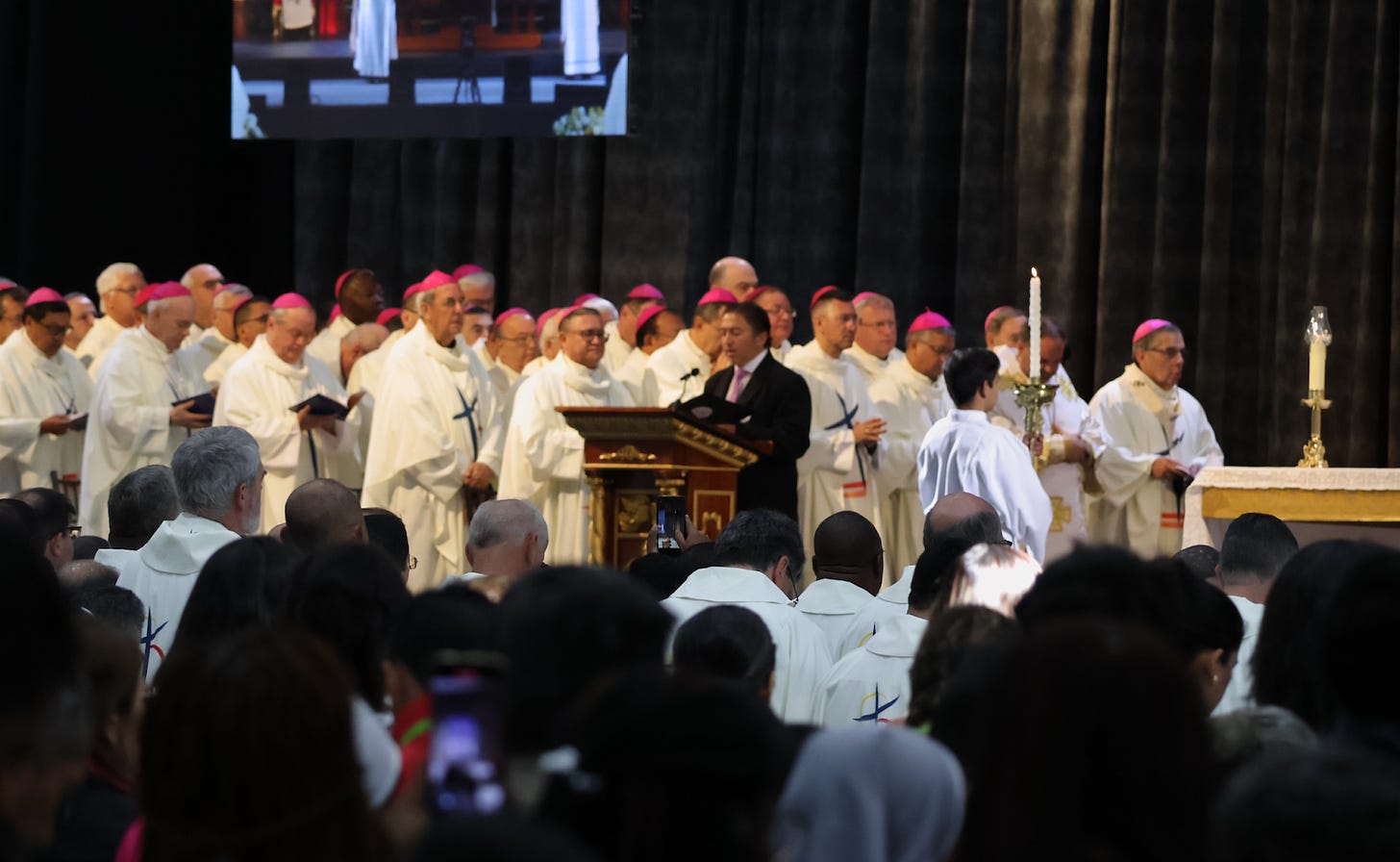At International Eucharistic Congress: ‘The most gracious gift for us’
Dispatches from Quito, Ecuador
When World Youth Day comes to town, everyone knows it.

When Pope Francis makes a pastoral visit, whole countries shut down to prepare for him.
And when the U.S. bishops held their National Eucharistic Congress this summer, the city of Indianapolis ro…
